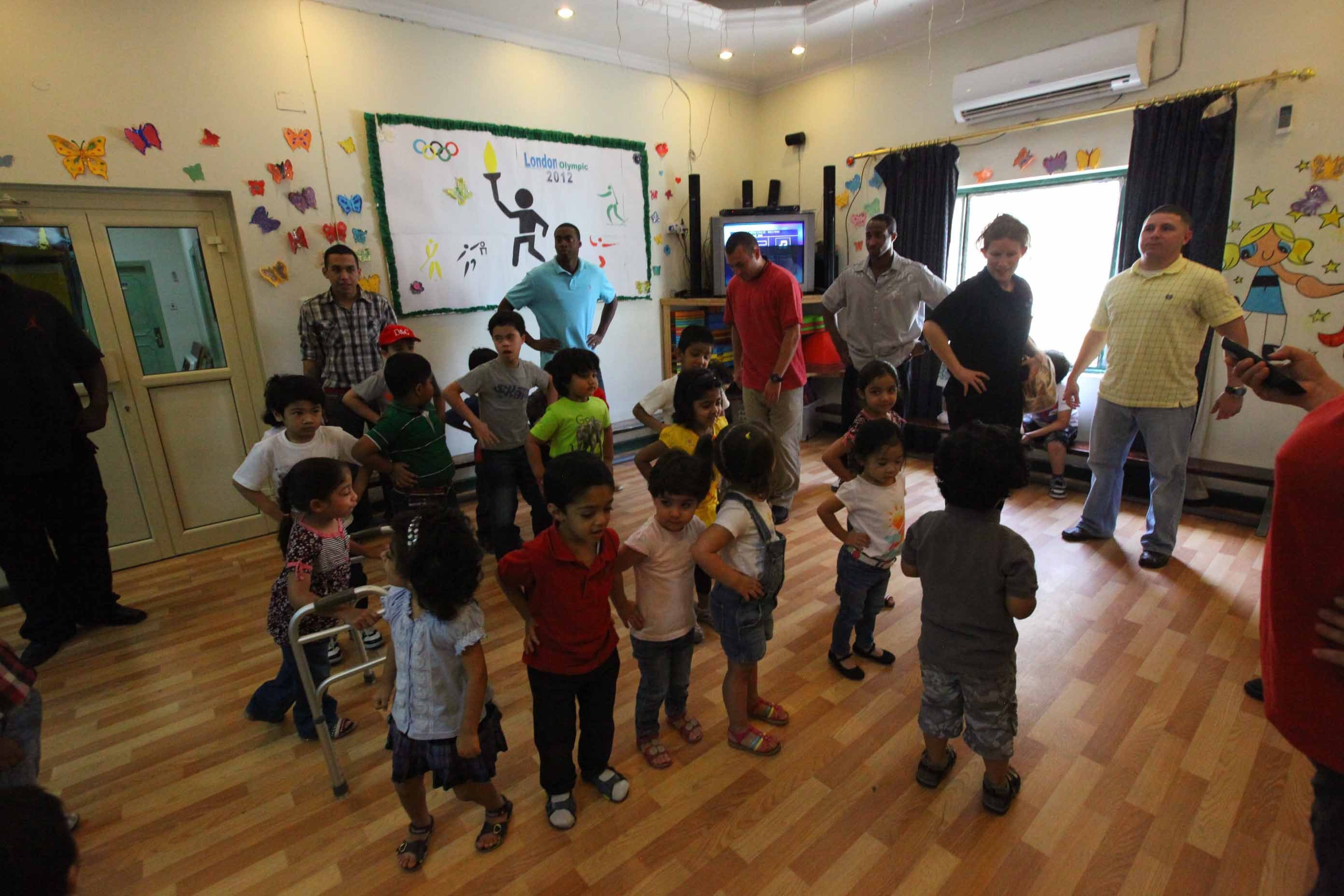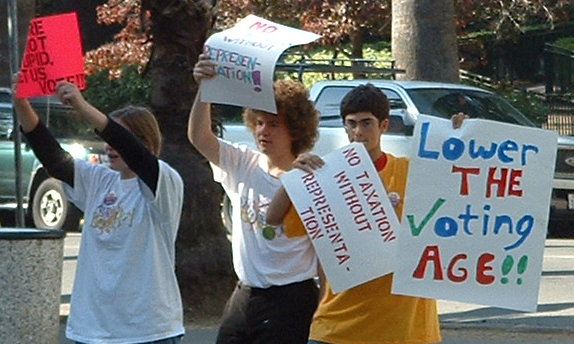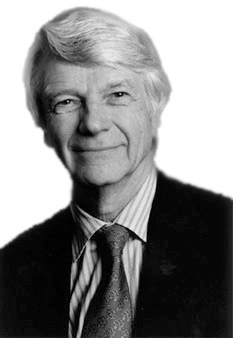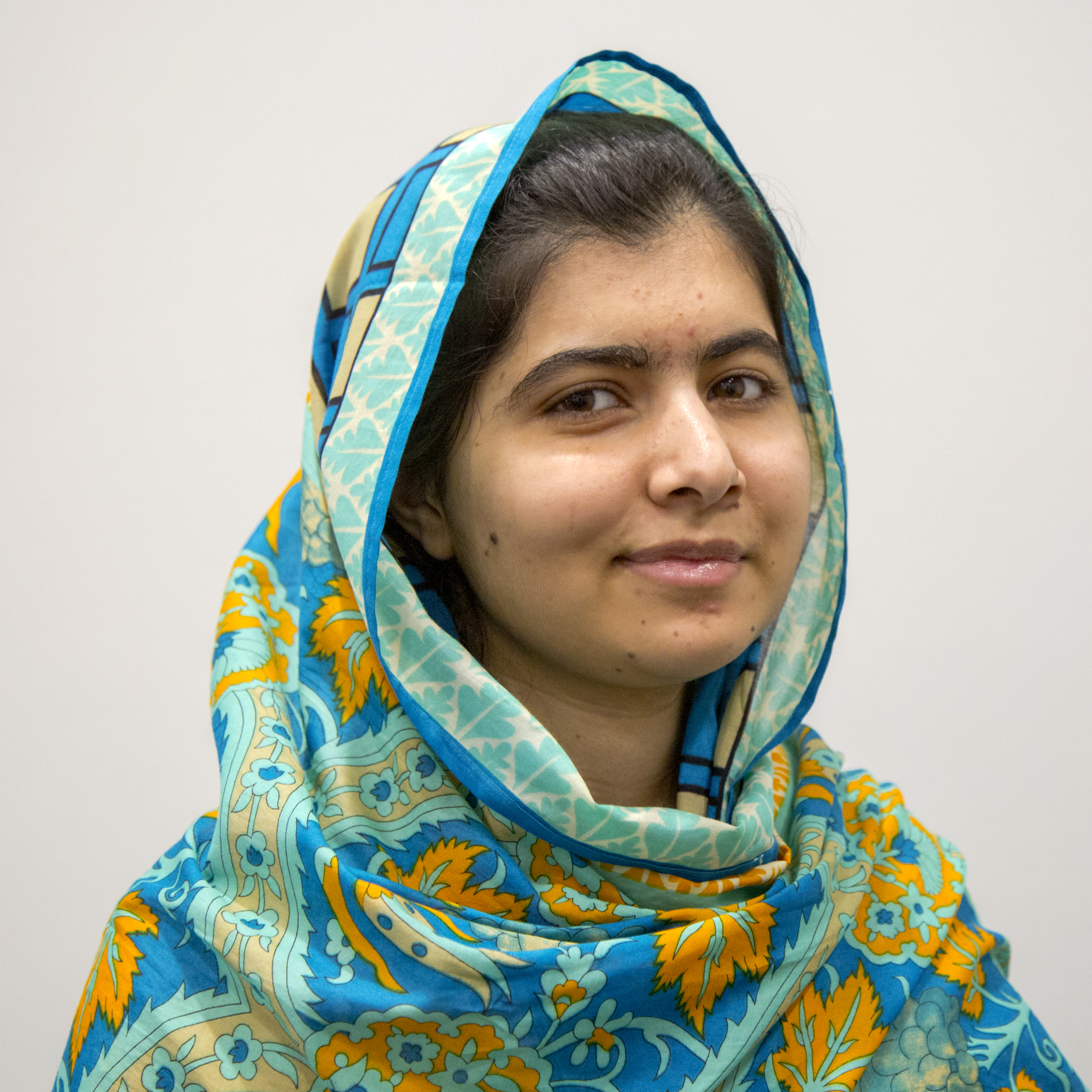|
Youth Mainstreaming
Youth mainstreaming is a public policy concept. The Commonwealth of Nations describes it in this context: It is modeled on gender mainstreaming, which the United Nations defined in the 1990s as: Strategy Youth mainstreaming is a two-fold strategy for pursuing youth development. Inspired by the experience of gender mainstreaming, it involves ensuring youth is reflected in policy and project stages in various sectors and ensuring there are specific projects addressing youth. Together these add up to a ''youth responsive'' approach. By reflecting, addressing, being sensitive to, and being responsive to youth issues, mainstreaming is meant to both looking at the impact of a policy/project on young women and men, and involve young men and women in order to ensure youth participation in the decision-making of those policies and/or projects that affects them. Advocates of youth mainstreaming point out that young people represent a disadvantaged and marginalised social group, being ove ... [...More Info...] [...Related Items...] OR: [Wikipedia] [Google] [Baidu] |
Mainstreaming (education)
Mainstreaming, in the context of education, is the practice of placing students with special education needs in a general education classroom during specific time periods based on their skills. To clarify, this means students who are a part of the special education classroom will join the regular education classroom at certain times which are fitting for the special education student. These students may attend art or physical education in the regular education classrooms. Sometimes these students will attend math and science in a separate classroom, but attend English in a general education classroom. Schools that practice mainstreaming believe that students with special needs who cannot function in a general education classroom to a certain extent belong in the special education environment. Access to a special education classroom, often called a "separate classroom or resource room", is valuable to the student with a disability. Students have the ability to work one-to-one wit ... [...More Info...] [...Related Items...] OR: [Wikipedia] [Google] [Baidu] |
Youth Rights
The youth rights movement (also known as youth liberation) seeks to grant the rights to young people that are traditionally reserved for adults, due to having reached a specific age or sufficient maturity. This is closely akin to the notion of evolving capacities within the children's rights movement, but the youth rights movement differs from the children's rights movement in that the latter places emphasis on the welfare and protection of children through the actions and decisions of adults, while the youth rights movement seeks to grant youth the liberty to make their own decisions autonomously in the ways adults are permitted to, or to lower the legal minimum ages at which such rights are acquired, such as the age of majority and the voting age. Youth rights have increased over the last century in many countries. The youth rights movement seeks to further increase youth rights, with some advocating intergenerational equity. Codified youth rights constitute one aspect of ... [...More Info...] [...Related Items...] OR: [Wikipedia] [Google] [Baidu] |
Community Building
Community building is a field of practices directed toward the creation or enhancement of community among individuals within a regional area (such as a neighborhood) or with a common need or interest. It is often encompassed under the fields of community organizing, community organization, community work, and community development. A wide variety of practices can be utilized for community building, ranging from simple events like potlucks and small book clubs, to larger–scale efforts such as mass festivals and building construction projects that involve local participants rather than outside contractors. Activists and community workers engaged in community building efforts in industrialized nations see the apparent loss of community in these societies as a key cause of social disintegration and the emergence of many harmful behaviors. They may see building community as a means to address perceived social inequality and injustice, individual and collective well-being, and t ... [...More Info...] [...Related Items...] OR: [Wikipedia] [Google] [Baidu] |
Ageism
Ageism, also spelled agism, is discrimination against individuals or groups on the basis of their age. The term was coined in 1969 by Robert Neil Butler to describe discrimination against seniors, and patterned on sexism and racism. Butler defined "ageism" as a combination of three connected elements. Originally it was identified chiefly towards older people, old age, and the aging process; discriminatory practices against older people; and institutional practices and policies that perpetuate stereotypes about elderly people. The term "ageism" has also been used to describe the oppression of younger people by older people, for example in a 1976 pamphlet published by Youth Liberation of Ann Arbor, MI. In the UK, Councillor Richard Thomas at a meeting of Bracknell Forest Council (March 1983), pointed out that age discrimination works against younger as well as older people. It has much later (February 2021) been used in regards to prejudice and discrimination against especially a ... [...More Info...] [...Related Items...] OR: [Wikipedia] [Google] [Baidu] |
Gender Mainstreaming
Gender mainstreaming is the public policy concept of assessing the implications for people of different genders of a planned policy action, including legislation and programmes. Mainstreaming offers a pluralistic approach that values the diversity among people of different genders. The concept of gender mainstreaming was first proposed at the 1985 Third World Conference on Women and has subsequently been pushed in the United Nations development community. The idea was formally featured in 1995 at the Fourth World Conference on Women, and was cited in the document that resulted from the conference, the Beijing Platform for Action. Definition Most definitions of gender mainstreaming conform to the UN Economic and Social Council formally defined concept: : Mainstreaming a gender perspective is the process of assessing the implications for women and men of any planned action, including legislation, policies or programmes, in all areas and at all levels. It is a strategy for makin ... [...More Info...] [...Related Items...] OR: [Wikipedia] [Google] [Baidu] |
Youth-adult Partnerships
Youth-adult partnership is a conscious relationship that establishes and sustains intergenerational equity between young people and adults. Youth-adult partnerships often display a high degree of youth rights and autonomy, and is often synonymous with meaningful youth participation. Typically seen with adults acting in a mentor capacity, providing scaffolding to the youth. Unlike traditional mentoring, youth-adult partnerships are categorized by multiple adults and multiple youthZeldin, S., McDaniel, A., Topitzes, D., & Lorens, M.B. (2001). "Bringing young people to the table: Effects on adults and youth organizations," ''CYD Journal, 2''(2) p. 20-27. and there must also be a mutuality where adults and youth teach and learn from one another, working together in their community. Factors for Success The success of these partnerships rely on a variety of factors. In addition to concrete outcomes, youth/adult partnerships require specific cultural and structural supports within ... [...More Info...] [...Related Items...] OR: [Wikipedia] [Google] [Baidu] |
Youth Empowerment
Youth empowerment is a process where children and young people are encouraged to take charge of their lives. They do this by addressing their situation and then take action in order to improve their access to resources and transform their consciousness through their beliefs, values, and attitudes. Youth empowerment aims to improve quality of life. Youth empowerment is achieved through participation in youth empowerment programs. However scholars argue that children's rights implementation should go beyond learning about formal rights and procedures to give birth to a concrete experience of rights. There are numerous models that youth empowerment programs use that help youth achieve empowerment. A variety of youth empowerment initiatives are underway around the world. These programs can be through non-profit organizations, government organizations, schools or private organizations. Youth empowerment is different from youth development because development is centered on developing in ... [...More Info...] [...Related Items...] OR: [Wikipedia] [Google] [Baidu] |
Convention On The Rights Of The Child
The United Nations Convention on the Rights of the Child (commonly abbreviated as the CRC or UNCRC) is an international human rights treaty which sets out the civil, political, economic, social, health and cultural rights of children. The Convention defines a child as any human being under the age of eighteen, unless the age of majority is attained earlier under national legislation. Nations that have ratified this convention or have acceded to it are bound by international law. When a state has signed the treaty but not ratified it, it is not yet bound by the treaty's provisions but is already obliged to not act contrary to its purpose. The UN Committee on the Rights of the Child, composed of 18 independent experts, is responsible for supervising the implementation of the Convention by the states that have ratified it. Their governments are required to report to and appear before the UN Committee on the Rights of the Child periodically to be examined on their progress regard ... [...More Info...] [...Related Items...] OR: [Wikipedia] [Google] [Baidu] |
Article 12
Article 12 was a youth-led children's rights organisation based in England. Its main aim was to ensure the implementation of the United Nations Convention on the Rights of the Child (UNCRC), specifically Article 12. The group, run by a steering committee, worked to ensure the rights of young people were heard by decision makers. It was founded after a young people's rights conference in Greenwich, London, and was run by and for young people aged 18 and under. The administrative duties of Article 12 were run by Children's Rights Alliance for England (CRAE). One of the group's most high-profile campaigns was "Stop Smacking Us", which challenging the physical punishment of children. The campaign led to a rally in Westminster to 10 Downing Street with hundreds of children. Its members have represented the United Kingdom at several United Nations sessions. In 1999, Daisy Langmaid and David Joseph Henry took part in 10th commemorative meeting of the UNCRC in Geneva. In 2001, James An ... [...More Info...] [...Related Items...] OR: [Wikipedia] [Google] [Baidu] |
Intergenerational Equity
Intergenerational equity in economic, psychological, and sociological contexts, is the idea of fairness or justice between generations. The concept can be applied to fairness in dynamics between children, youth, adults, and seniors. It can also be applied to fairness between generations currently living and future generations. Conversations about intergenerational equity occur across several fields. It is often discussed in public economics, especially with regard to transition economics, social policy, and government budget-making. Many cite the growing U.S. national debt as an example of intergenerational inequity, as future generations will shoulder the consequences. Intergenerational equity is also explored in environmental concerns, including sustainable development, and climate change. The continued depletion of natural resources that has occurred in the past century will likely be a significant burden for future generations. Intergenerational equity is also discusse ... [...More Info...] [...Related Items...] OR: [Wikipedia] [Google] [Baidu] |
Policy
Policy is a deliberate system of guidelines to guide decisions and achieve rational outcomes. A policy is a statement of intent and is implemented as a procedure or protocol. Policies are generally adopted by a governance body within an organization. Policies can assist in both ''subjective'' and ''objective'' decision making. Policies used in subjective decision-making usually assist senior management with decisions that must be based on the relative merits of a number of factors, and as a result, are often hard to test objectively, e.g. work–life balance policy... Moreover, Governments and other institutions have policies in the form of laws, regulations, procedures, administrative actions, incentives and voluntary practices. Frequently, resource allocations mirror policy decisions. Policy is a blueprint of the organizational activities which are repetitive/routine in nature. In contrast, policies to assist in objective decision-making are usually operational in nature an ... [...More Info...] [...Related Items...] OR: [Wikipedia] [Google] [Baidu] |
Adultism
Adultism is "the power adults have over children". More narrowly, adultism is defined as "prejudice and accompanying systematic discrimination against young people". On a more philosophical basis, the term has also been defined as "bias towards adults... and the social addiction to adults, including their ideas, activities, and attitudes". Etymology Origin The word adultism was used by Patterson Du Bois in 1903, and appears in French psychology literature in 1929, describing the influence of adults over children. It was seen as a condition wherein a child possessed adult-like "physique and spirit", and was exemplified by, :A boy of 12 and a girl of 13 who had the spirit and personality of adults.... They were placed in institutions because of stealing and prostitution. These forms of precocity lead the individual into difficulties and should be recognized early in the development of the individual. This definition was superseded by a late 1970s journal article proposing that a ... [...More Info...] [...Related Items...] OR: [Wikipedia] [Google] [Baidu] |






.jpeg/1200px-Grandpa_And_Grandchild_(148457889).jpeg)
